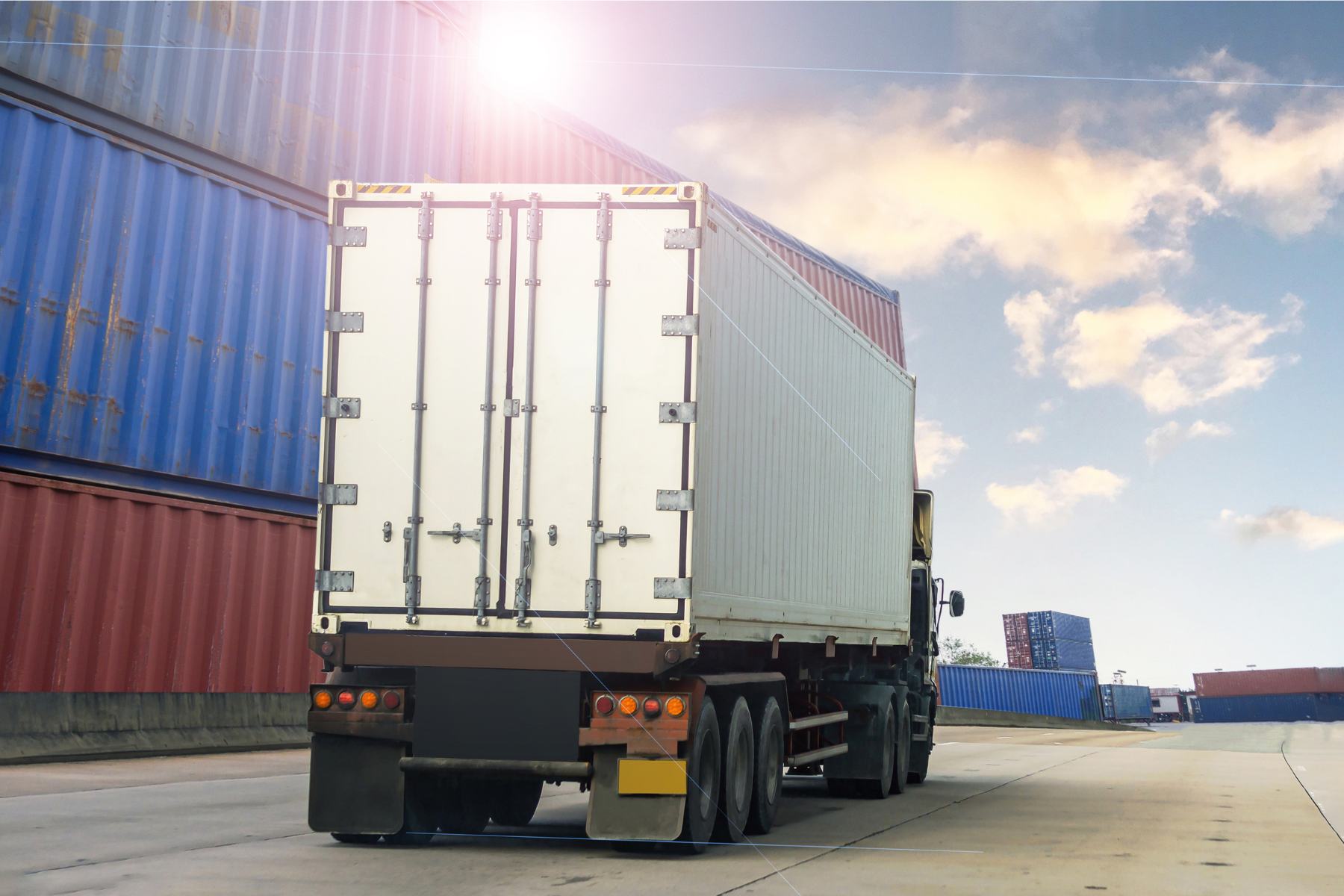High Rates, Tight Capacity & Port Congestion Are Back


Welcome! Each month, we will share the latest global logistics trends and issues so that you can make smarter decisions.
Reminiscent of the COVID-19 pandemic-driven global trade problems, the shipping industry is once more facing rising spot rates, tightening congestion, and port congestions in Asia and Europe because of the Red Sea crisis that began in October 2023.
An early peak season exacerbates the situation, as shippers adjust to longer transit times to ensure cargo arrives before back-to-school and holiday sales.
As shippers and carriers battle it out in a disruptive global market, the Maritime Safety Committee of the International Maritime Organization is amending rules governing the reporting of containers lost overboard while an industry task force is designing an ammonia-fueled containership that, once approved, will lower carbon emissions, safety for the crew, and at the same time minimize loss of cargo capacity.
Indeed, these are volatile times for shippers and BCOs. Read on to learn more about recent developments, and contact us to learn more about how 3rdwave can help you stay ahead of the curve in international shipping.
Spiking Ocean Shipping Rates, Vessel Backups at Seaports And Empty Container Shortages Are Back
Issues that wreaked havoc on global trade during the COVID pandemic are back as the shipping industry enters an early peak season. Industry experts note that spot rates will continue to rise as retailers stock up for the back-to-school, Thanksgiving, and Christmas holidays, and as manufacturers and importers rush in goods to avoid possible tariff hikes.
Tight Capacity Expected Through at Least October
The pain for shippers is expected to continue. Barring the resumption of regular Suez Canal transits, carriers and forwarders expect capacity to remain tight until at least Golden Week in October. That’s despite another 1.8 million TEUs set to be delivered in the second half of the year, according to Alphaliner. So far this year, 1.3 million TEUs of capacity have come out of shipyards.
Asia-Europe Shipping Conditions Worsen
There is growing frustration among cargo owners as they struggle to find both equipment and space on ships leaving Asia. Even having cargo under contract does not guarantee loading. According to some forwarders, carriers are only honoring their most strategic accounts, with other agreed allocations not being met and many beneficial cargo owner (BCO) contracts being canceled altogether.
Maersk raises guidance
As a result of disruptions and rate hikes, it’s becoming a battle between shipper and carrier as Maersk raises its guidance and forecasts a $3 billion improvement in full-year EBITDA. The shipping giant expects conditions in the market to remain volatile through the rest of the year due to the changing security situation in the Red Sea. While Maersk and likely other carriers will financially benefit, shippers will pay dearly in rates and delays.
Amended Rules for Reporting Containers Lost Overboard to Go into Effect In 2026
Meanwhile adding to shippers’ angst, according to World Shipping Council calculations, on average, 1,566 containers are lost each year. However, the Maritime Safety Committee of the International Maritime Organization is looking to change that by amending rules governing the reporting of containers lost overboard. Starting in 2026, masters of vessels will be required to report incidents and add specific requirements and a process to the reporting.
Ammonia-Fueled Containership Design Receives First Stage AiP
An industry task force that included A. P. Moller-Maersk, MAN Energy Solutions, Deltamarin, Eltronic FuelTech, ABS, and LR received Approval in Principle (AiP) from ABS and Lloyd’s Register for an ammonia-fueled containership design. The design outlines what the task force believes is a commercially viable and safe ammonia-fueled 3,500 TEU container feeder. They noted that in this phase the focus was on achieving an adequate level of safety for the crew, and at the same time minimizing loss of cargo capacity.
3rdwave Is Here to Guide You Through Turbulent Times
As the global trade market begins to look more and more like what we experienced during the COVID pandemic, a big takeaway for shippers is the need for adaptable supply chains.
3rdwave has you covered:
- Automated Customs Management from origin to destination at the click of a button that provides visibility, management of all required documents, and communication with all stakeholders.
- Trade Compliance is the first and only platform designed to manage both operations and trade compliance, creating controlled, compliant processes.
- Shipment Execution provides shippers the ability to monitor shipments from origin to destination with integrated air and ocean visibility to gain real-time updates against your schedule.
- Port Management gives shippers a control tower view of the ongoing activities at the port: inbound, at the port, and outbound.
Check out our website and contact us to learn how to successfully maneuver through the highly disruptive global market.






